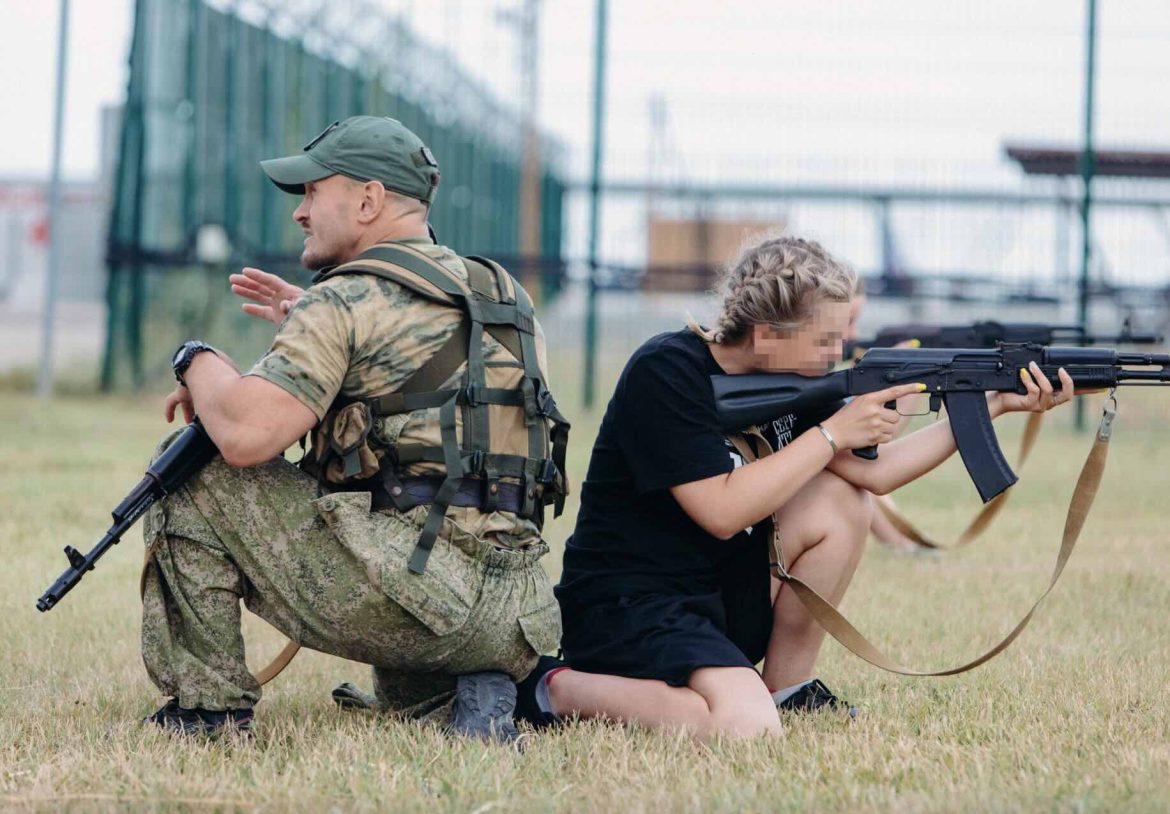The Yale School of Public Health’s Humanitarian Research Lab (HRL) has identified at least 210 facilities across Russia and Russian-occupied parts of Ukraine used to subject Ukrainian children to programmes of “re-education” and, in many cases, military training.
The findings, published on 16 September, follow European Commission President Ursula von der Leyen’s State of the Union address on 10 September, in which she recounted the case of an 11-year-old boy, Sasha, and his grandmother, Liudmyla, to illustrate the human impact of forced transfers.
HRL says the network spans more than 3,500 miles and 59 regions. Children have been taken since 2022 to eight categories of facilities: cadet schools, a military base, medical facilities, a religious site, secondary schools and universities, a hotel, family support centres and orphanages, and—most frequently—camps and sanatoria. Re-education activities were documented at 130 sites (61.9%), and militarisation at 39 sites (18.6%). The lab concludes the system has capacity to hold “tens of thousands” of children for extended periods.
The report details instruction that aligns with pro-Russia narratives and, at militarised sites, training in formation drill, firearms and tactical medicine, as well as the assembly of drones and other materiel. HRL profiles the All-Russian Children’s Centre “Change” (Krasnodar Krai), where children from occupied regions attended Yunarmiya’s “Camp of Innovation and Technology”, including work on drones, mine-detectors, robots and rapid rifle loaders. It also examines the “Young Patriot” centre at the Snegiri health complex near Moscow, opened in 2023 with the stated aim of re-educating children from Ukraine and exposing them to military training.
Researchers further cite airborne training for children from Donetsk region at a military base in Pskov Oblast, and note that Russia’s government manages more than half of the identified locations. According to Russian incorporation records reviewed by HRL, at least 106 of the 210 facilities are run by federal or local bodies. Expansion works were observed at 49 sites since the full-scale invasion, including the construction of two cadet schools.
The lab’s earlier work documented coerced fostering, adoption and naturalisation routes for some children transferred through this system. A 2024 HRL study set out how children have been listed on Russian adoption databases and placed with Russian families. HRL has also reported Belarus’s role: by late 2023 at least 2,442 Ukrainian children, aged six to 17, had been transported to 13 facilities in Belarus, where re-education activities were recorded.
US sanctions relief for Belavia tests Western coordination on Russia sanctions
Numbers remain contested. The European Parliament has cited around 20,000 known deportations since 2022, with the caveat that real figures are likely higher. Ukraine’s Regional Centre for Human Rights said at a Kyiv briefing that in 2025 alone nearly 11,000 children were sent to 164 camps in Russia and occupied Crimea, with increasingly militarised programming; those figures cannot be independently verified. HRL does not estimate current occupancy at all sites but says the network’s scale indicates significant capacity.
International coverage has focused on the network’s breadth and the nature of activities reported at specific sites. The Telegraph highlighted accounts of children made to help assemble drones and other equipment; Euronews summarised HRL’s finding of an “unprecedented” system; France’s L’Express reported on the new study and interviewed HRL’s Nathaniel Raymond earlier this year on the scale of transfers.
Russia has previously denied unlawful deportations, saying it evacuates children from conflict zones. The International Criminal Court issued arrest warrants in 2023 for President Vladimir Putin and children’s commissioner Maria Lvova-Belova over the alleged unlawful transfer of Ukrainian children. Reporting by the Financial Times notes HRL’s reliance on donations after U.S. federal support ended, while Reuters summarised the latest findings and examples of military training and drone assembly.
The Yale team says the 210 sites published represent the highest number documented to date and that further locations are under investigation. The lab applied Berkeley Protocol standards, requiring multiple independent sources and high-resolution satellite imagery to geolocate and corroborate each site.


